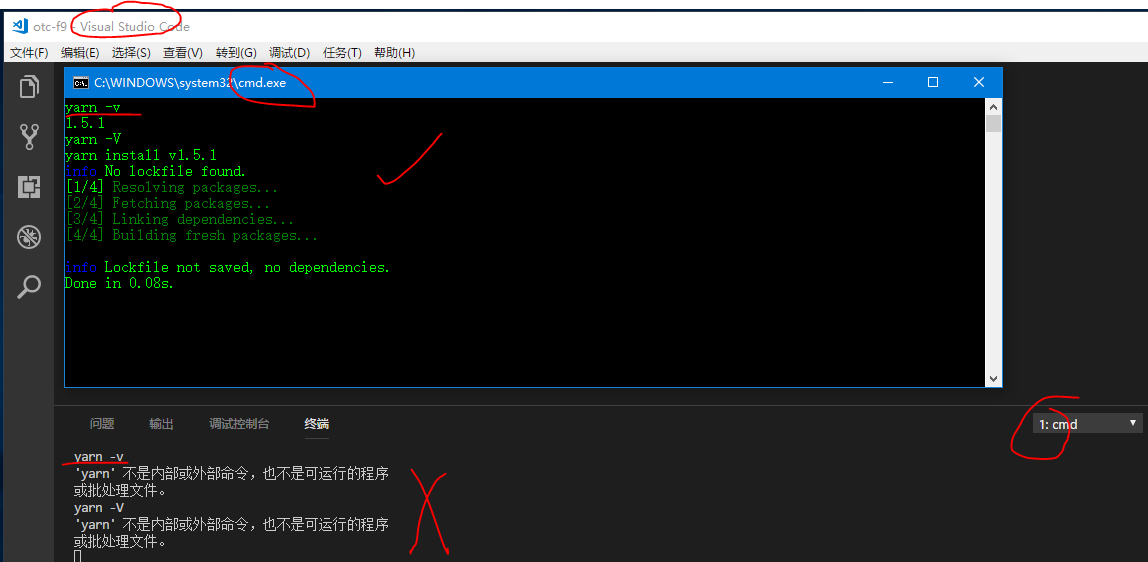

Here, berry is the code name to Yarn 2 release version. To migrate Yarn 1.x to Yarn 2, go to your project folder and run the following command to upgrade to Yarn 2 version: $ yarn set version berry The developers of Yarn recommends to migrate from Yarn 1.x version to 2.x version to get a fast and stable Yarn experience. To Nodejs on Linux, refer the following guide:Īfter installing Nodejs, use npm to install Yarn on your Linux machine: $ npm install -g yarnĬheck the installed Yarn version: $ yarn -versionĪs you can see in the above output, the installed Yarn version is 1.22.10. Npm will be installed by default with Nodejs installation. However, the officially recommended way to install Yarn is using Npm, the Nodejs package manager. Yarn is available in the default repositories of my many Linux distributions.

Now Yarn is an independent open source project tied to neither Facebook nor any other company. Yarn was initially developed by Facebook to address and fix performance and security concerns with npm. For instance, it has "yarn why" command which tells you why a certain package is installed. Even though, Yarn command usage is similar to Npm, it has a few additional commands. You can also extend the support to other programming languages using plugins. Yarn is also secure by design, because it makes use of checksums before installation to ensure the integrity of each package.īy default, Yarn supports Node. Hence there is no need to download the same package over and over. It does everything concurrently to maximize resource utilization and caches every downloaded packages. Yarn is fully compatible with the npm registry and can work alongside npm package manager. Yarn is a fast, secure and reliable package manager.


 0 kommentar(er)
0 kommentar(er)
